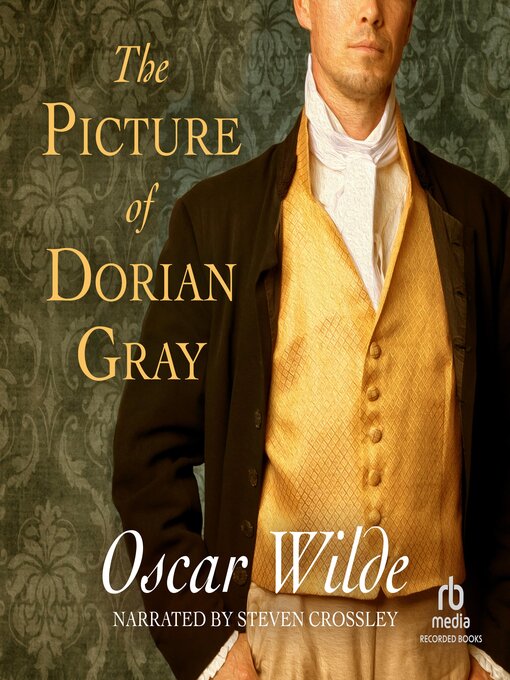- Women in Translation
- Love Bites
- Historically Yours
- Noteworthy Reads
- The Walter Awards for Diverse Authors
- Hispanic Heritage
- Never Fear, Graphic Novels are Here!
- Wicked Reads
- Great Scott! Back to the Future Reads
- Sweet Reads
- Celebrate The Freedom to Read
- Jenna's Faves
- Exceed Your Reading Goal
- See all ebooks collections
- Women in Translation
- Love Bites
- Lively Listens
- They Call Me...
- Noteworthy Reads
- The Walter Awards for Diverse Authors
- Hispanic Heritage
- Never Fear, Graphic Novels are Here!
- Wicked Reads
- Great Scott! Back to the Future Reads
- Sweet Reads
- Celebrate The Freedom to Read
- Jenna's Faves
- See all audiobooks collections

